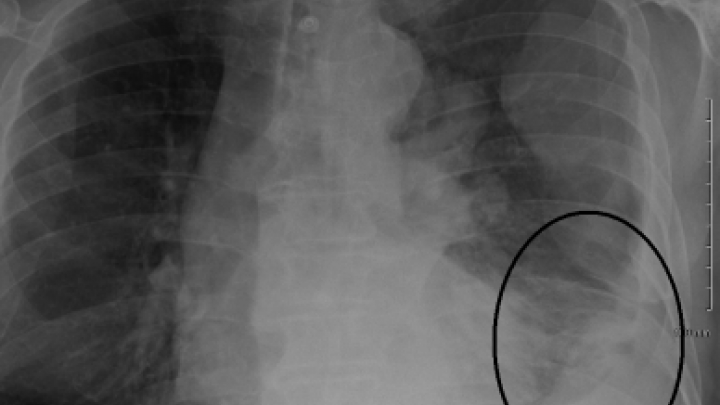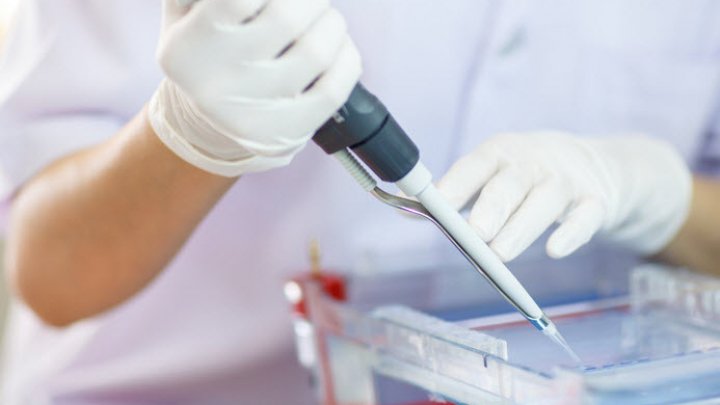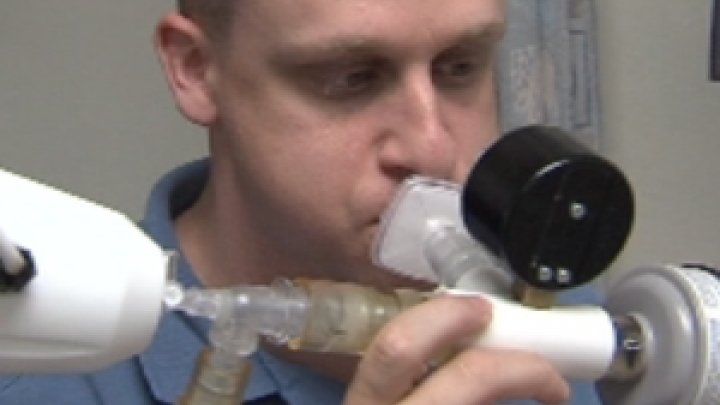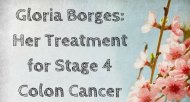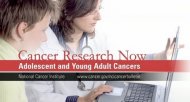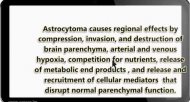Does the Risk of Breast Cancer Require Drug Therapy?
What should a woman do if she is diagnosed as high risk for developing breast cancer? The numbers are scary. With over 200,000 new cases annually, breast cancer is the second most common cancer in women. Causing 40,000 deaths each year, it is also the second leading cause of women's cancer deaths. On average, one out of every eight women will be diagnosed with breast cancer during her lifetime, and one out of every 36 will die from it. With numbers like these, high risk women know that prevention is key. The problem is that they don't know what the best preventive action actually is.
Angelina Jolie brought much press attention to the increased risk of breast cancer in women carrying the BRCA genetic mutations. She chose to have a prophylactic mastectomy, an option available to those women in the highest risk category. Less publicized is the dilemma facing an increasing number of women who are told that they are at increased risk, but who are not in that highest risk category. These women include those diagnosed with LCIS (lobular carcinoma in situ), atypical hyperplasia (abnormal growth, shape and size of breast tissue cells), other proliferative breast lesions, a strong family history or additional known risk factors.
When diagnosed as high risk, women are usually given the option to take either tamoxifen or raloxifene. These hormonal medications block estrogen. Since about 70% of breast cancers are estrogen-sensitive, these drugs also lower the risk of developing such cancers. The problem is that they are not innocuous; they come with a known set of complications including blood clots and endometrial cancer.
It can be difficult to weigh the risk of the drug treatment against the risk of future breast cancer. In 2013, the US Preventative Services Task Force weighed in on this question. The 2013 response was based largely on Dr. Heidi Nelson's review of the results from seven large, randomized clinical trials. The task force does recommend the prophylactic use of the drugs in women at low risk for adverse effects, and it does advocate that physicians actively offer the choice to their patients. However, the actual issued statement can only be described as less than forceful: "The USPSTF concludes with moderate certainty that there is a moderate net benefit from use of tamoxifen and raloxifene to reduce the incidence of invasive breast cancer in women who are at increased risk for the disease."
When looking at the underlying numbers in the reviewed trials, the reason for this caution becomes clear. Although there were seven fewer cases of breast cancer per 1000 women in the tamoxifen-treated group, there were also eight additional cases of clot-related complications or endometrial cancer. The raloxifene results were similar; nine fewer women developed breast cancer, but seven developed clots. In addition, many women experience a variety of other less serious, but still frustrating, side effects such as hot flashes, cramps and bleeding.
Some women do choose to take these drugs as a preventive measure, but the majority in the U.S. decline. If physicians could better identify which subgroups of the high risk women were most likely to benefit, more woman might choose the therapy. One such subgroup has been established: young women with atypical hyperplasia. These women are strongly urged to use the preventive treatment.
For most women, the decision remains difficult. The best advice a woman can get is to look closely at her full set of risk factors. For now, the final decision is ultimately a personal choice.



